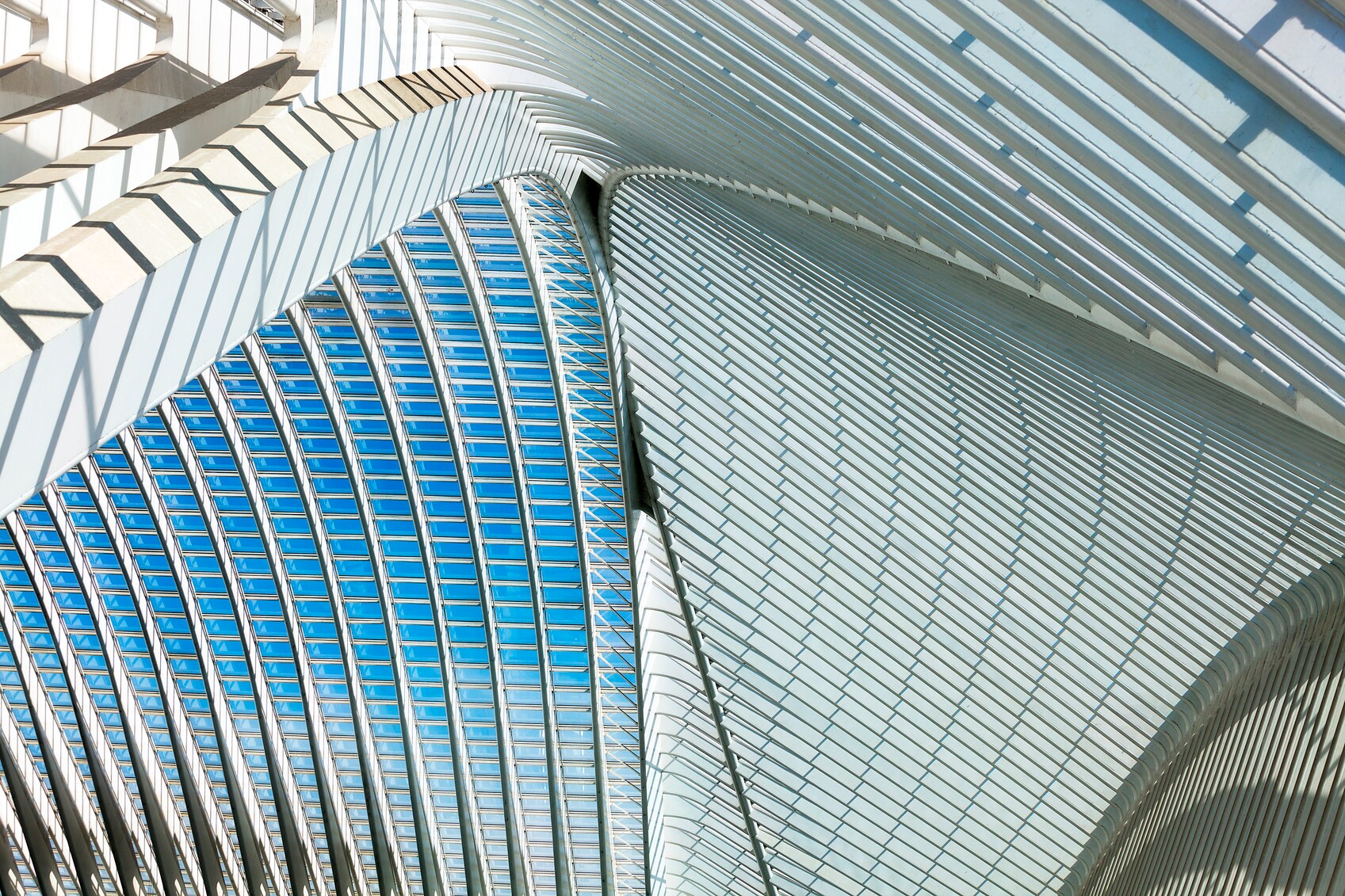
Futuristic Architecture
FRPs have been used in construction for decades because they are lightweight yet strong and durable, low maintenance, and can be tailored for specific performance or aesthetic characteristics. FRPs can be used to create architectural features such as the newly unveiled fiber-reinforced-polymer panels on the facade of the San Francisco Museum of Modern Art, which was designed to simulate the water in San Francisco Bay. According to Plastics News, the panels cover 77,000 square feet of the exterior with 710 uniquely shaped wave-depicting ones on the east and west elevations, and another 700 smaller flat panels filling in areas around windows, doors and soffits. The larger panels measure up to 5.5 feet high and 6-30 feet wide and weigh about 3.5 pounds per square foot. To create the panels, basic Fireblock gelcoat was modified with a proprietary blend of materials including flame-retardant laminating resin with fillers, additives, and Fireshield 285 coating. The project used an estimated 7,000 cubic feet of 1.5-pound-per-square-foot expanded polystyrene foam.
CompositesUK explains why FRPs are well-suited to architectural applications:
The various compositions of FRP enables products to be tailored to meet the diverse requirements of different market sectors such as new build, refurbishment, private and public sectors. A major advantage is the ability to meet the most stringent of fire, security and sound insulation standards. This is achieved most effectively when FRPs are combined with other materials (mainly as core materials) such as steel, thermoplastics or recycled plastics to provide the required properties cost effectively. Social and economic benefits include improved thermal efficiency of the home, and enhanced durability, increasing replacement intervals.
Development of production processes means that FRPs can be manufactured to imitate other materials in appearance, thus increasing their social acceptance. FRP mouldings offer a highly cost effective means of adding aesthetic value to buildings, both in new build applications and refurbishment or replacement. Architectural features such as facades, sculptures, clock towers, domes and cupolas can be easily and effectively made in FRP, providing considerable advantages over traditional materials such as low weight, rapid installation, durability and low maintenance requirements.
Many types of fibers are use to make FRPs, and these may be chemically modified to enhance their properties. Fourier Transformed Infrared Spectroscopy (FTIR) is a valuable polymer characterization tool for product design, manufacture, and quality control to ensure plastic and polymer materials meet specifications and quality standards. FTIR spectrometers offer many advantages over other analysis techniques, including reduced data acquisition time, component specificity, and sensitivity. Other benefits include the internal wavelength calibration, which ensures the precision of the analysis. To learn more about FTIR and its numerous applications in polymer processing, check out the FTIR Spectroscopy Academy.
Leave a Reply